- elevated (compared to usual) noise when engaging the clutch;
- jerks during clutch operation;
- incomplete engagement of the clutch (clutch «slips»);
- incomplete clutch disengagement (clutch «leads»).
Note. If the clutch fails, we recommend replacing all its elements at the same time (driven and driven discs, as well as clutch release bearing), since the work of replacing the clutch is laborious, and the life of intact clutch elements has already been reduced and, if they are installed again, it may be necessary to replace the clutch again after a relatively short run.
You will need: key «on 10» (more comfortable socket head), mounting spatula..
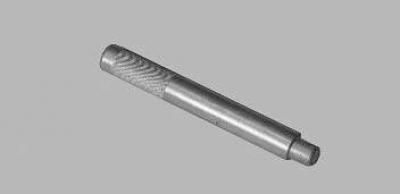
... mandrel for centering the driven disk (can be made from the input shaft of the gearbox by removing the gears).
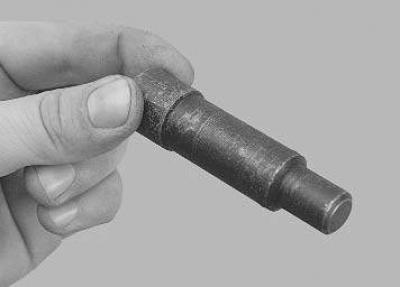
You can use a commercially available mandrel for front-wheel drive VAZ cars.
1. Remove the gearbox (see «Removal and installation of a transmission»).
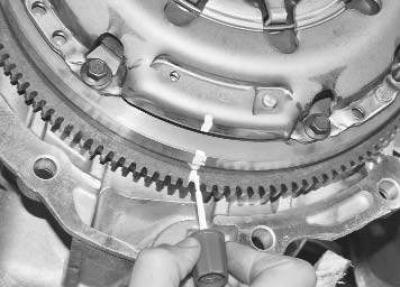
2. If you install the old pressure plate, mark in any way (e.g. paint) the relative position of the disc housing and the flywheel to set the pressure plate in its original position (to maintain balance).
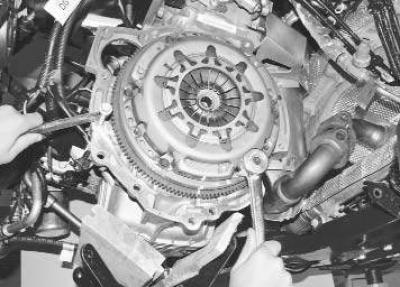
3. Holding the flywheel with a spudger (or a large screwdriver) from turning, unscrew the six bolts securing the clutch pressure plate housing to the flywheel. Loosen the bolts evenly: each bolt has two turns of the wrench, moving from bolt to bolt in diameter.
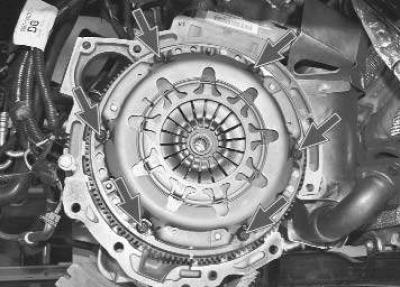
Note. This is how the clutch cover bolts to the engine flywheel are located.
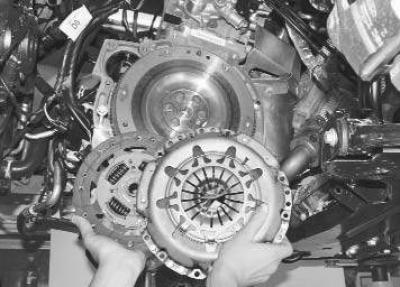
4. Remove the clutch pressure and driven discs from the flywheel while holding the driven disc.
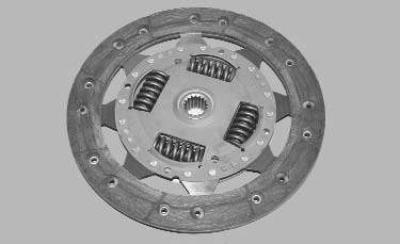
5. Examine a conducted disk of coupling. Cracks on the details of the driven disk are not allowed.
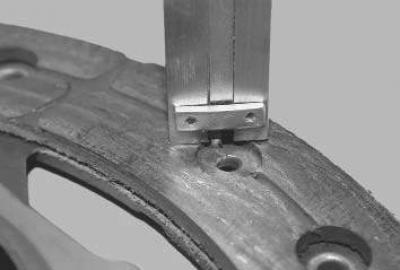
6. Check the degree of wear of the friction linings. If the rivet heads are sunk by less than 0.2 mm, the surface of the friction linings is oily, or the rivet connections are loose, then the driven disk must be replaced.
Note. If overlays of a conducted disk are greased, check up a condition of an epiploon of a primary shaft of a transmission. It may need to be replaced.
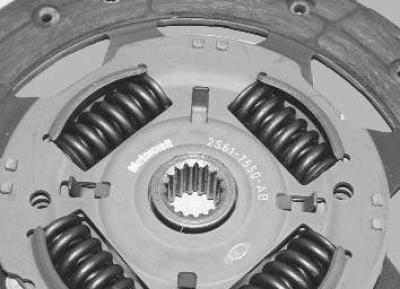
7. Check up reliability of fixing in nests of a nave of a conducted disk of damper springs, trying to move them in nests of a nave a hand. If the springs move easily in their seats or are broken, replace the disc.
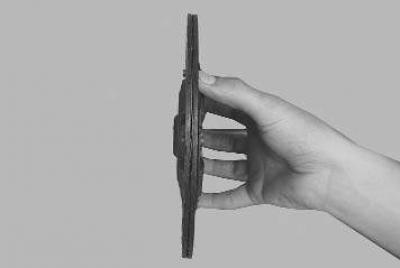
8. Check up beating of a conducted disk if its warping is found out at visual survey. If the runout is greater than 0.5 mm, replace the disc.
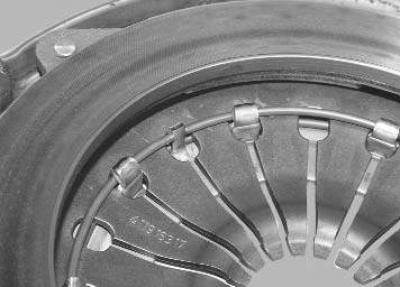
9. Inspect the friction surfaces of the flywheel and pressure plate, paying attention to the absence of deep scratches, scuffs, nicks, obvious signs of wear and overheating. Replace defective units.
10. If the rivet joints of the casing and pressure plate parts are loose, replace the pressure plate assembly.
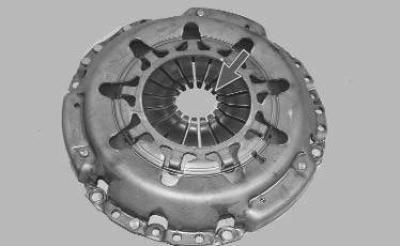
11. Visually evaluate the condition of the pressure plate diaphragm spring. The presence of cracks on the diaphragm spring is not allowed. The points of contact of the spring petals with the clutch release bearing must be in the same plane and not have obvious signs of wear (wear should not exceed 0.8 mm). Otherwise, replace the pressure plate assembly.
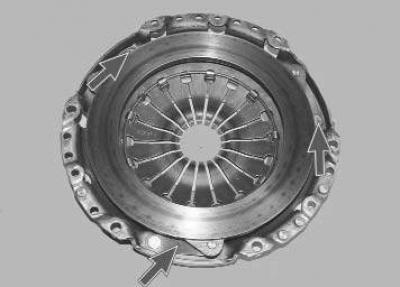
12. Inspect the connecting links of the casing and disc. If the links are deformed or broken, replace the pressure plate assembly.
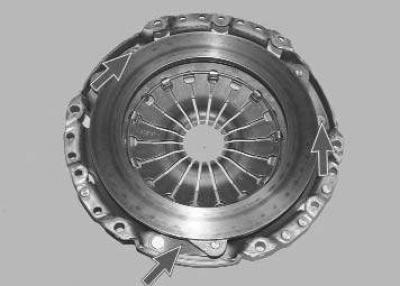
13. Visually evaluate the condition of the pressure spring support rings on the outer and inner side of the spring. Rings must be free of cracks and signs of wear. Otherwise, replace the pressure plate assembly.
14. Before installing the clutch, check the ease of movement of the driven disk along the splines of the input shaft of the gearbox. If necessary, remove the causes of seizing or replace defective parts.
15. Apply high-melting grease to the driven disc hub splines.
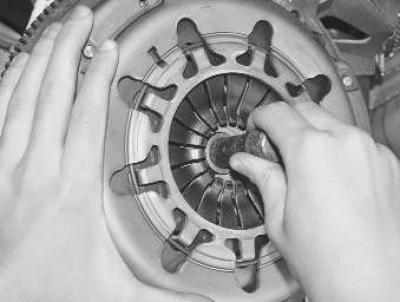
16. When mounting the clutch, first install the driven disk using a mandrel, and then the pressure plate casing on the three centering pins and screw the casing-to-flywheel mounting bolts.
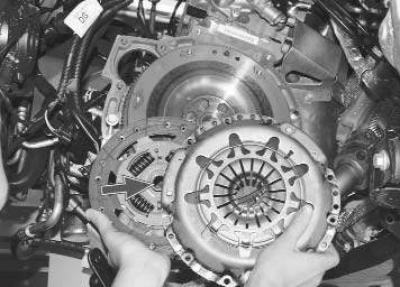
Note. Please note that when installing the driven disk in the pressure plate housing, the protruding part of the hub must be directed towards the pressure spring.
17. Screw the bolts evenly, one turn of the wrench each, alternately moving from bolt to bolt in diameter. The tightening torque of the bolts is specified in annex 1.
18. Remove the mandrel and install the gearbox.
19. Check clutch operation (see «Checking the travel of the clutch release pedal»).
Visitor comments